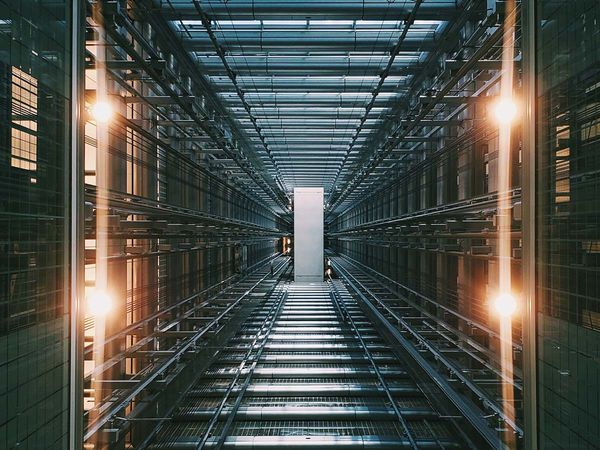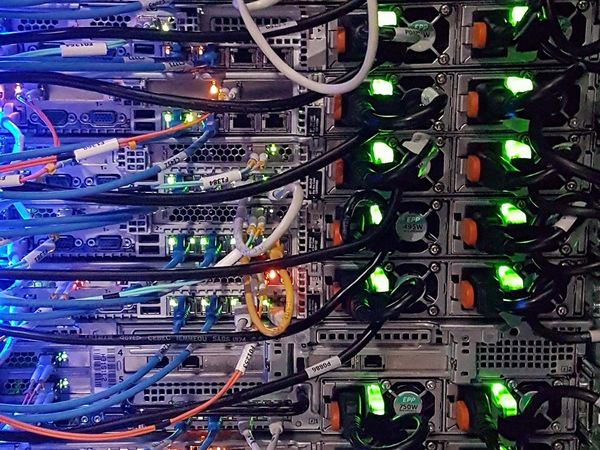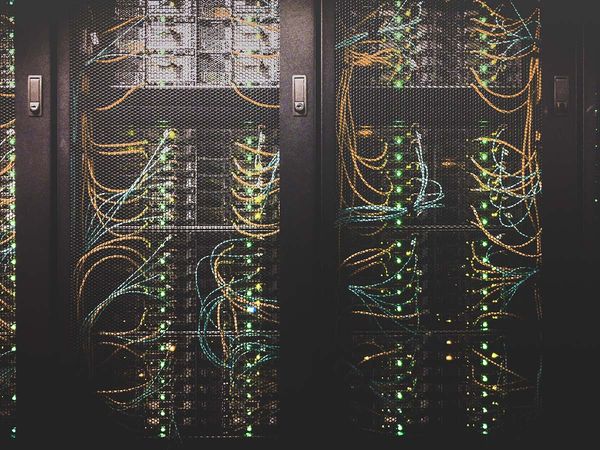Cooling Technologies in the Mountain Region of the United States
What is Critical Cooling?
Data centers demand plenty of electricity to run, and this explains the refined cooling systems put in place to maintain a fitting working climate for the computing machinery. It is through this cooling infrastructure that a typical data center can operate in uptime performance under that much power fitted in a server room. While data centers include layers of interconnected security measures that start from the outside and progress to the inside of the system, it is worth noting the core area of the security game plan: critical cooling. Read today’s blog from Liberty Mechanical and learn more about critical cooling.

Why is Critical cooling important in a Data center?
With the excessive electricity used in a data center, be it small or large scale, comes the demand for a well able cooling infrastructure. An incompetent cooling system can cause excessive heat, which induces consequential stress on the servers, storage units, and networking devices. This causes damage to significant components, which can, in turn, lead to a shorter life span of the equipment and unnecessary capital expenditure.

Data center Cooling Techniques
Before the development of modern cooling systems, organizations used both raised floors, computer room air handlers, and air conditioners to keep their data centers cool. The above techniques worked effectively for small data centers that required lower power, but failed to do the same for large-scale data centers. Due to its inefficiency and lack of room for adjustments to achieve the desired performance, the CRAC and CRAH infrastructures were replaced by innovative machinery systems such as calibrated vectored cooling and liquid cooling solutions to achieve better results.

Critical cooling mistakes to avoid
Data centers must achieve maximum efficiency and deliver consistent pleasant services. Data center managers can only achieve this by avoiding several mistakes.
Some of these mistakes include bad cabinet layouts, empty cabinets, empty spaces between machinery, seepage around cable openings and raised floors as well as the use of multiple air handlers. All these are factors that can highly compromise a data center cooling system and make it very inefficient.

The future of critical cooling
With the continuous growth and development of the technology industry, the power and efficiency of cooling systems will continue to be a top concern for data center managers. The emergence of new generation processors and program analytics will require a lot of electricity to process and produce considerable amounts of heat. Liquid and immersion cooling systems will play a critical role in optimizing the future of critical cooling in data centers.
It is worth emphasizing that critical cooling makes up the central part of any data center infrastructure. It is therefore important to be aware of the importance of critical cooling and how upcoming trends are affecting this industry. Contact Liberty Mechanical today if you have any questions about critical cooling or to schedule a consultation!
